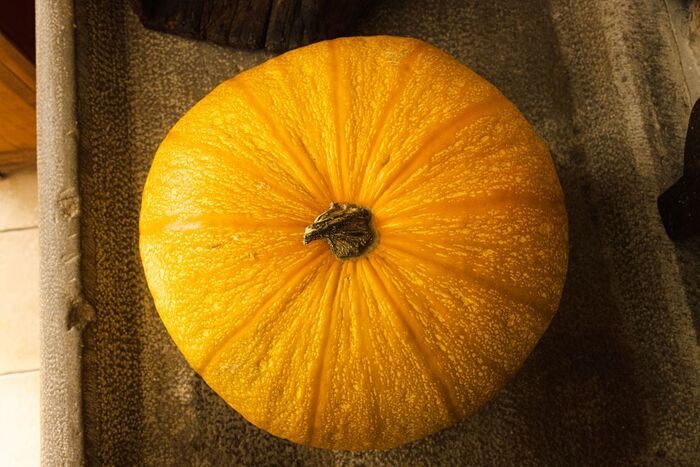The family of Slow Food Presidia in Friuli-Venezia Giulia is expanding with the Bianchera olive, in the Trieste and Karst area, and the malon, a white-fleshed pumpkin long cultivated in the Natisone valleys.
"I define Bianchera oil as pyrotechnic, in the sense that it gives off a very significant spicy and bitter sensation in the mouth. A bright oil, which warms the heart" says Stelio Smotlak, Slow Food representative of the newly created Bianchera olive Presidium. "It is a rustic and vigorous plant - explains Smotlak - perfectly adapted to the harsh climate and the calcareous and sandstone soils. An area lashed by the Bora wind, characterized by a strong temperature range and cold winters. The natural adaptation caused the plant to develop polyphenols to protect and sustain itself: substances which, for us who enjoy its fruits, make the oil extremely interesting".
Throughout the Friuli-Venezia Giulia region, the area dedicated to olive growing is around 300 hectares, of which approximately 45 in the province of Trieste.
Fifty kilometers north of Trieste is a completely different world: the Natisone valleys, which fan out from Cividale del Friuli in a north-east direction, are a taste of the Alps. It is from here that the malon, a pumpkin white paste with a cylindrical-round shape and smooth skin, it can reach a length of about 40-50 centimeters and a diameter of 30-40. A food that, in these parts, has always been a resource for everyone, not just humans: "Historically, malon was grown mainly for animal feed" says Caterina Dugaro, representative of the producers of the Slow Food Presidium. But malon can also prove precious in the kitchen: "For human consumption, the fruit is used when the peel is still green and the pulp is tender" she adds. Traditional recipes see malon used in a soup called briza or zupa malonova. A poor but versatile ingredient, malon, but with a long peasant history behind it. The logic of starting a Slow Food Presidium, specifies the snail association, "is to restore dignity to something that was disappearing, but not as a pure and simple memory of the good old days: it means recognizing its economic potential, albeit small, for example in the catering supply chain". The Bianchera olive and Malon Slow Food Presidia are supported by the Friuli-Venezia Giulia Region.
Reproduction reserved © Copyright ANSA

